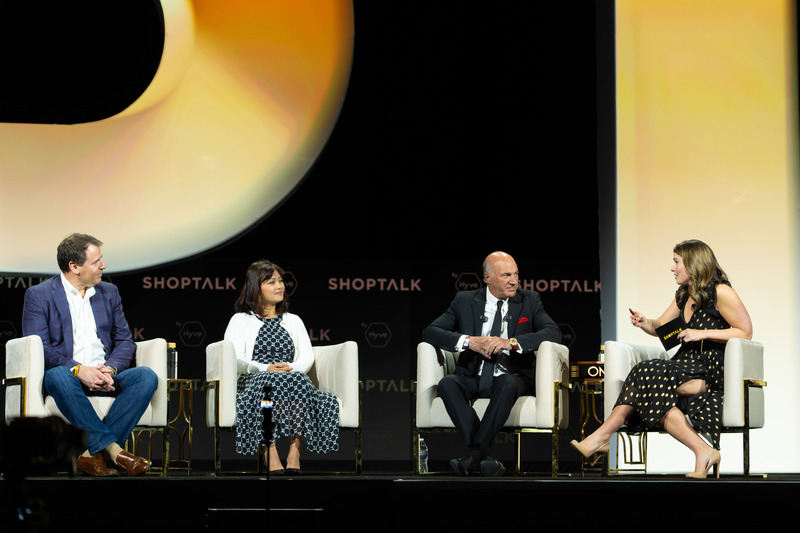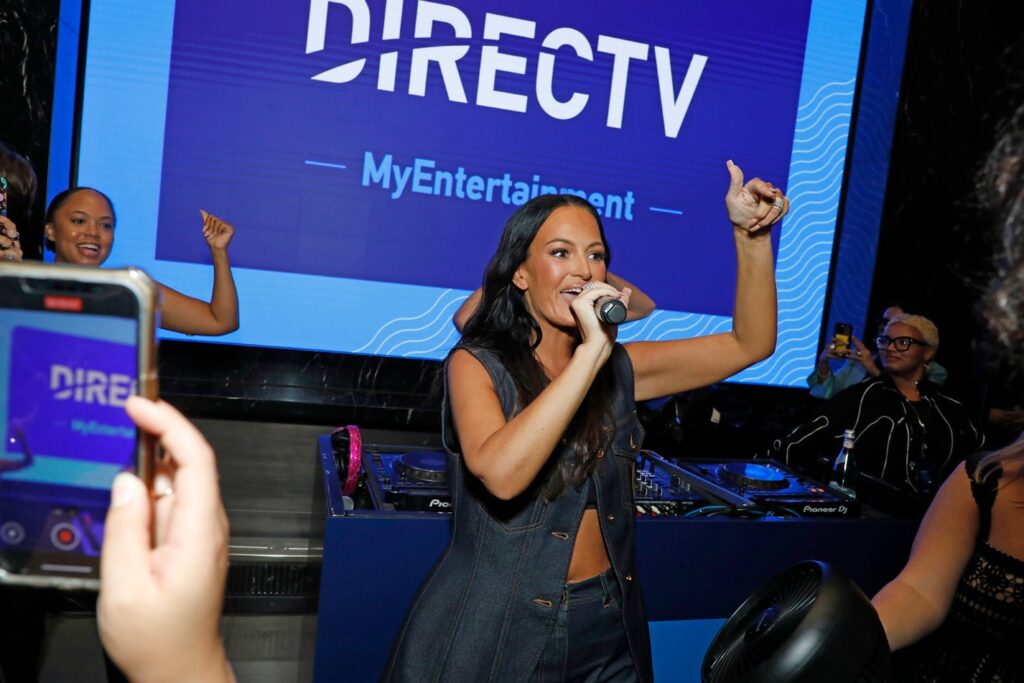Venture capitalist Kevin O’Leary, known as Mr. Wonderful from the TV show Shark Tank, talks TV ads, ROAS and more consumer brand growth tips at Shoptalk.
After investing in dozens of companies, venture capitalist Kevin O’Leary — also known as “Mr. Wonderful” — shared top keys to growth in his keynote session, “Creating and growing new consumer brands today,” at the Shoptalk conference in March in Las Vegas.
O’Leary discussed his advice in a fireside chat along with two of the brand founders and CEOs he invested in: Anh Trousdale, from CPG pho brand PhoLicious and Rob Neuner, from portable oxygen brand Boost Oxygen.
CAC & ROAS are linchpins to success
Brands that want to be successful need to determine how to have a low customer acquisition cost and a higher return on ad spend, O’Leary said.
During the pandemic, many brands launched, sold direct-to-consumer online and advertised on social media. The increased volume drove up social media ad prices, and brands today need to ensure that when they acquire customers it is profitable and sustainable.
“The whole deal is CAC and ROAS because if you buy a company that has to figure out CAC, they basically go bankrupt advertising themselves into oblivion,” O’Leary said.
He recommends the minimum return on ad spend for a 50% gross margin product is 3.5x, and a 5x ROAS is a “gold mine,” he said. This can last for about 90 days before brands will need to pivot to a new campaign, he said.
Marketing for “brand building” without data to verify results is often fruitless, O’Leary said.
“If somebody tells you you’re spending your money to build your brand and you’re not getting really high ROAS and a low CAC, they have no idea what they’re doing. Avoid with extreme prejudice,” O’Leary said.
Mr. Wonderful says TV ads beat social media
While social media advertising costs have increased, TV advertising can be an affordable option for brands. From the brands he’s worked with, O’Leary finds TV ads can have a lower cost of customer acquisition and bring in a new customer audience that brands weren’t capturing on social media.
“Television in many ways is better than social media,” O’Leary said. “The person’s captive. It’s that lump sitting on the sofa. You’re not competing with scrolling up and down.”
Boost Oxygen’s Neuner said TV ads have helped it widen its audience outside of just Baby Boomers who live in the mountains, which was 70% of its audience before TV ad spend. After advertising on TV, the brand now has customers across generations and across the country, he said.
O’Leary recommended using a media platform where you can buy TV ads for both linear and streaming to measure the results. And once brands find an ad and audience that is working, they should go big on their spend until it fizzles out.
“Every Tuesday you’re going to sit down and say, ‘What worked for us last week? Pour gasoline here. Cut this thing off,’” he said. “We become very promiscuous. Don’t dive a damn about network or anything. You’re just going to say, ‘This worked for us, we’re going here.’”
Test, test and test again
Brands that are interested in TV advertising should test their message with 15-, 30- and 60-second ads, O’Leary said. Often, its gritty ads shot on a cellphone, that outperform high-production, scripted ads that are expensive.
PhoLicious’s Trousdale, for example, thought TV ads would be too expensive to produce. But she is finding that she doesn’t need a large budget to make a TV ad, and the results are far exceeding her expectations.
And brands won’t know until they test.
“Every assumption you make are going to be wrong until you test. The numbers don’t lie,” O’Leary said. “People get so emotional in this industry like, ‘Oh this creative is so beautiful.’ It’s all B.S. if it doesn’t make you any money.”
Authenticity of brand story matters
For brands aiming to catch O’Leary’s ear — and wallet — for an investment, O’Leary offers two final pieces of advice:
Be a great storyteller. Entrepreneurs need to tell their story in 90 seconds or less, and it has to be authentic.
And finally, don’t pitch him anymore hot sauce. All innovation in that category is done, he said.




